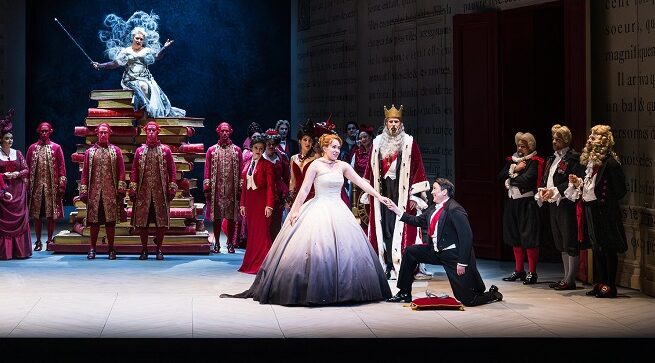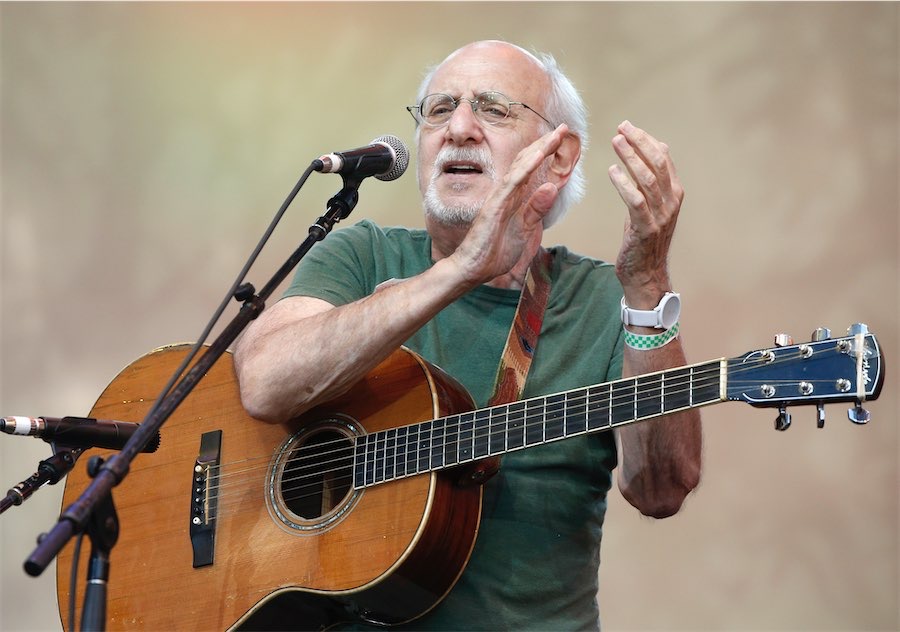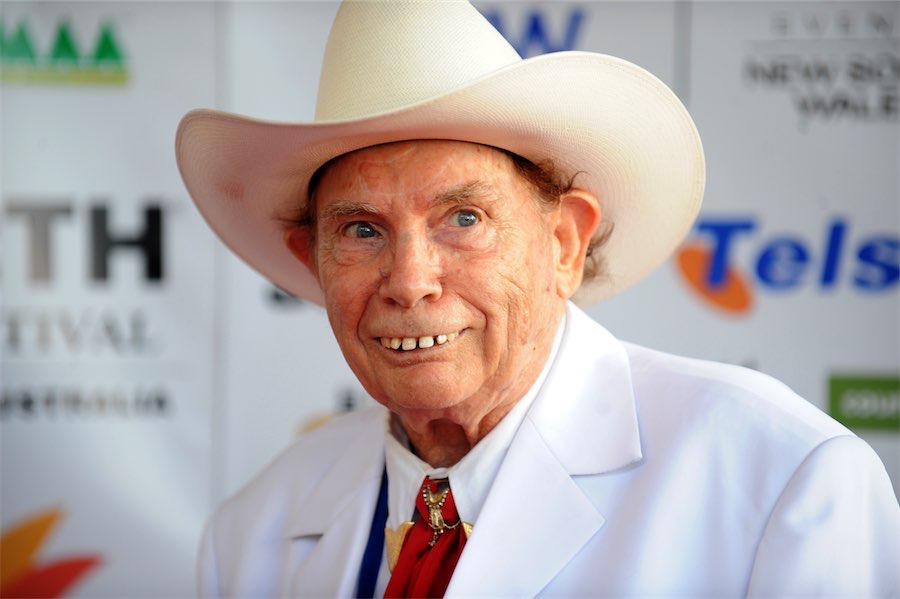
“Many people are now engaging in ‘platform rotation’ – they sign up for a subscription to see what they want to before cancelling and moving on to the next one when something else pops up that catches their interest,” writes streaming columnist NICK OVERALL.
Netflix is once again asking its Aussie subscribers to get out their wallets, hitting them with yet another price hike.

The cost of a premium subscription, which gives users access to shows and movies without ads and in ultra-high definition, has now been jacked up from $22.99 a month to $25.99.
The price of a standard plan has also increased from $16.99 a month to $18.99 a month.
The platform’s cheapo plan that makes users sit through ads also hasn’t been missed, going from $6.99 to $7.99 a month.
After the backlash that the streaming giant has copped for relentless price hikes in recent years, it’s no surprise this one has been kept quieter, with Netflix changing its advertising of subscription prices before directly informing many subscribers.
Of course, the response has been frosty, with many quickly taking to social media to sound off.
“Yet another reason to #CancelNetflix if you haven’t already. They’re only going to continue to cancel shows and raise the prices,” one person said on Twitter.
“Everyone gouging. Maybe we should all cancel our subscriptions,” said another on Facebook.
And my personal favourite: “Netflix seems to be playing chicken. Another price rise so soon, I’m out dawg.”
With cost-of-living pressures already taking their toll, having to fork out more money for entertainment is no welcome news for many families.
Last year many Australians said they cancelled a streaming service to save money.
According to Finder around 5.5 million decided to axe a subscription, with 70 per cent citing cost as the reason.
It seems streaming is rapidly moving away from the original promise that made it take off so quickly: the ability to watch almost anything you want for under $10 a month.
On average Australian households are spending $45 a month on a multitude of services to catch their favourite shows.
Ironically, it seems the sheer amount of services now on the market are making streaming more like the days of Foxtel and cable TV, which it once so successfully diverted from.
That’s certainly the case in the US, where streaming “bundles” have just been announced.
Let me explain.
A few weeks ago Warner Bros and Disney declared they were teaming up to offer viewers a “package deal”, which will group three streaming platforms into one subscription. That includes Disney Plus, Max (Our equivalent is Binge) and Hulu.
They promise the price would be a lot less than what a subscription to each individually would cost.
Not missing a beat, a few days later Comcast said that it will launch its own bundle which will group subscriptions to Netflix, Apple TV+ and another American streaming service called Peacock. They’ve called it “ScreenSaver”.
While an exact price hasn’t been announced yet, we can estimate that it’d come out at around $40 to $60 a month, given the current market prices.
Does this all sound familiar to, say, 15 years ago?
To clarify, these “bundles” aren’t released in Australia yet, but if the past is anything to go by there’s a good chance we’ll soon follow in the footsteps of the US, especially given some of the stats mentioned above.
It seems rather than compete for subscription bucks, the streaming platforms have now decided to join forces in a bid to collectively bring people in.
There’s certainly been some outrage, with one headline in The Atlantic going as far as to decry “The dream of streaming is dead”.
Is the bundle ultimately good for the customer though?
For people who watch a lot of television this revert to a more cable-like model could save some money.
But for others who are more particular about what they like, it doesn’t work.
Many people are now engaging in “platform rotation”, meaning they sign up for a subscription to see a show or film they want to see before canceling and moving on to the next one when something else pops up that catches their interest.
If this has become a way of watching television, there’s something clearly wrong with the direction streaming is heading.
Who can be trusted?
In a world of spin and confusion, there’s never been a more important time to support independent journalism in Canberra.
If you trust our work online and want to enforce the power of independent voices, I invite you to make a small contribution.
Every dollar of support is invested back into our journalism to help keep citynews.com.au strong and free.
Thank you,
Ian Meikle, editor




Leave a Reply